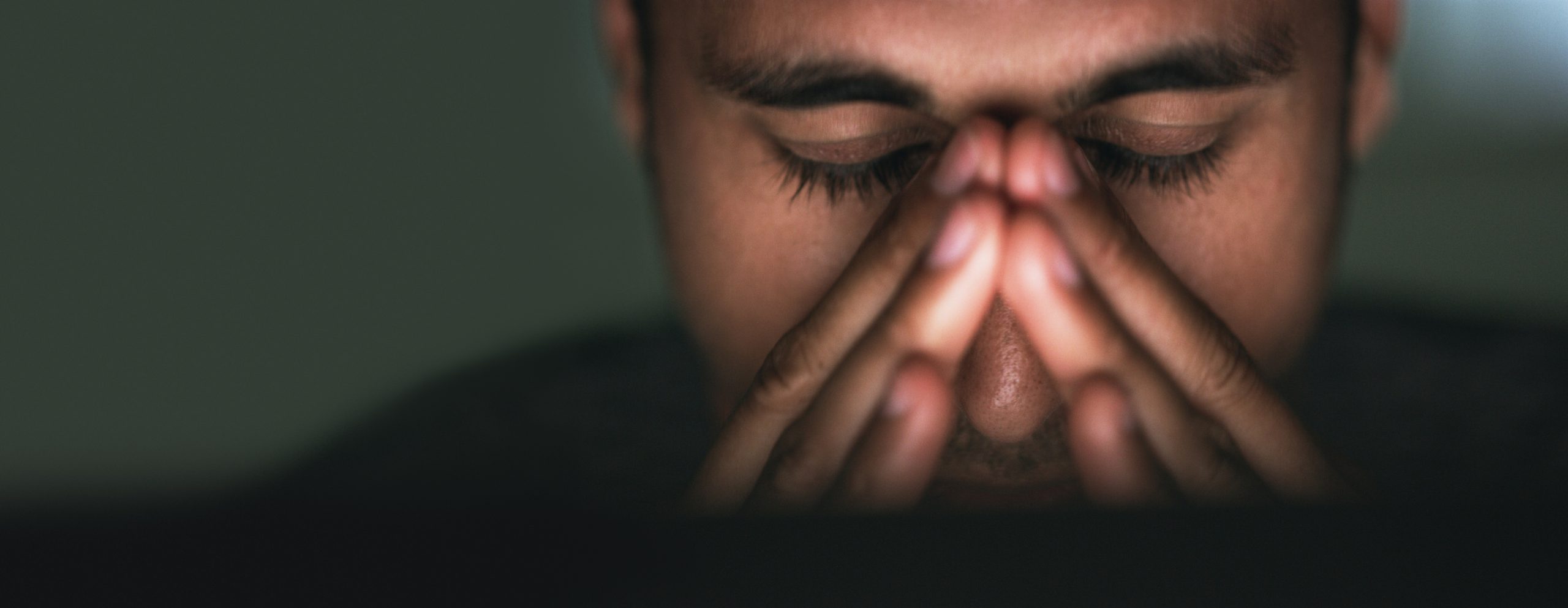As the name suggests, Seasonal Affective Disorder (SAD) is a type of depression that comes and goes with the seasons. SAD typically begins in late fall or early winter and subsides during spring and summer. While it’s less common, some people may experience depressive episodes during the summer months as well.
To be diagnosed with SAD, a person must meet the full criteria for major depression that coincides with specific seasons for at least two consecutive years. Additionally, the seasonal episodes must be significantly more frequent than any non-seasonal depressions.
Symptoms of Seasonal Affective Disorder
Winter-pattern SAD symptoms:
• Low energy
• Excessive sleep (hypersomnia)
• Overeating and weight gain
• Craving for carbohydrates
• Social withdrawal (feeling like “hibernating”)
Summer-pattern SAD symptoms (less common):
• Poor appetite and weight loss
• Insomnia
• Agitation and restlessness
• Anxiety
• Episodes of irritability or violent behavior
What Causes SAD?
Causes of SAD are not fully understood, but researchers believe several factors contribute to its development:
1. Reduced Sunlight Exposure: Less daylight in fall and winter can disrupt the body’s internal clock (circadian rhythm), leading to feelings of depression.
2. Serotonin Imbalance: Decreght can lower serotonin levels, a brain chemical that affects mood. Low serotonin levels are linked to depression.
3. Increased Melatonin Production: Theays can increase melatonin production, making individuals feel sleepier and more lethargic.
4. Vitamin D Deficiency: Low levels of Vitamin re common during the winter due to reduced sun exposure, may contribute to depressive symptoms.
Effective Treatments for SAD
There are several effective treatments available for SAD, which may be used individually or in combination depending on the severity of symptoms.

1. Light Therapy: Light therapy involves sitting in front of a light box that emits bright light similar to natural sunlight. It is typically used for 20-60 minutes each morning. Studies have shown it can significantly reduce symptoms of SAD, especially when started early in the fall.
2. Medication: Antidepressants, particularly Selective Serotonin Inhibitors (SSRIs), are commonly prescribed for SAD. Bupropion, another antidepressant, can also be effective. Consult with a healthcare provider to determine if medication is appropriate.
3. Psychotherapy: Cognitive Behavioral Therapy (CBT), particularly the version tailored for Seasonal Affective Disorder (CBT-SAD), has shown to be effective. It helps individuals recognize and reshape negative thought patterns while building coping strategies to better manage symptoms.
4. Vitamin D Supplements: Although not a primary treatment, Vitamin D supplements can be helpful when blood levels are low. Low Vitamin D levels have been associated with depression and are often found in individuals with SAD.
Tips for Managing SAD
In addition to professional treatments, certain lifestyle changes can help alleviate symptoms of Seasonal Affective Disorder:
• Spend Time Outdoors: Try to get outside during daylight hours, even on cloudy days. Natural light exposure can help regulate your internal clock and improve your mood.
• Exercise Regularly: Physical activity can ease symptoms of depression and anxiety. Aim for at least 30 minutes of moderate exercise most days of the week.
• Maintain a Healthy Diet: Eating a balanced diet rich in fruits, vegetables, and whole grains can help stabilize energy levels and mood. Try to limit refined sugars and processed carbohydrates, as they may worsen symptoms.
• Stay Socially Connected: It’s common for those with SAD to withdraw from social activities, but staying connected with friends and family can provide emotional support and help boost your mood.
When to Seek Help
If you find that your symptoms are interfering with your daily life, work, or relationships, it’s important to see a healthcare professional. With the right combination of treatments and self-care strategies, most people with SAD can find relief and enjoy a better quality of life.
©2024HealthSpot References:
1. American Psychiatric Association. Seasonal Affective Disorder: Overview and Facts.
2. Mayo Clinic. Seasonal Affective Disorder (SAD).
3. National Institute of Mental Health. Understanding Depression and SAD.
4. WebMD. Summer Depression: Understanding Summer SAD.
5. Cleveland Clinic. How Lack of Sunlight Affects Your Mood.
6. Harvard Health. Serotonin and Its Role in Depression.
7. National Sleep Foundation. The Effects of Melatonin on Sleep and Mood.
8. National Institutes of Health. Vitamin D and Mental Health.
9. Journal of Affective Disorders. Efficacy of Light Therapy for Seasonal Affective Disorder.

